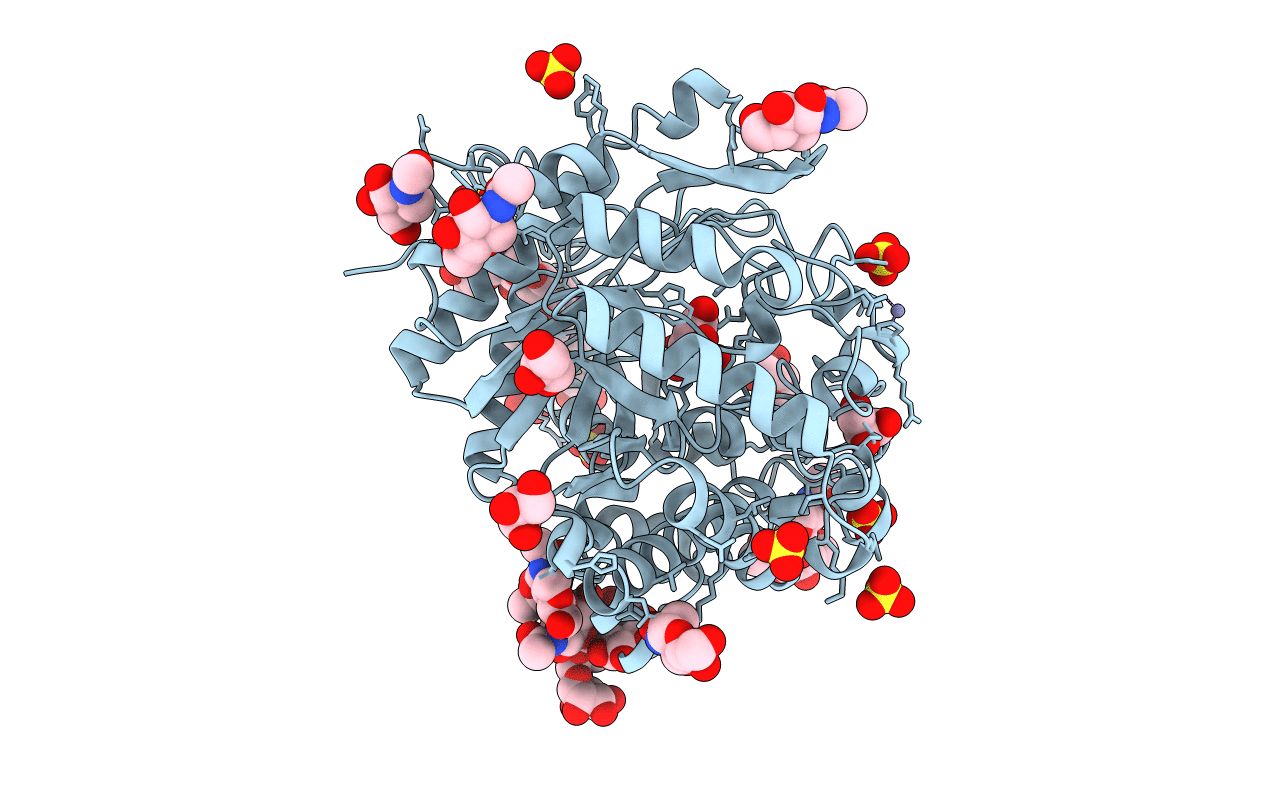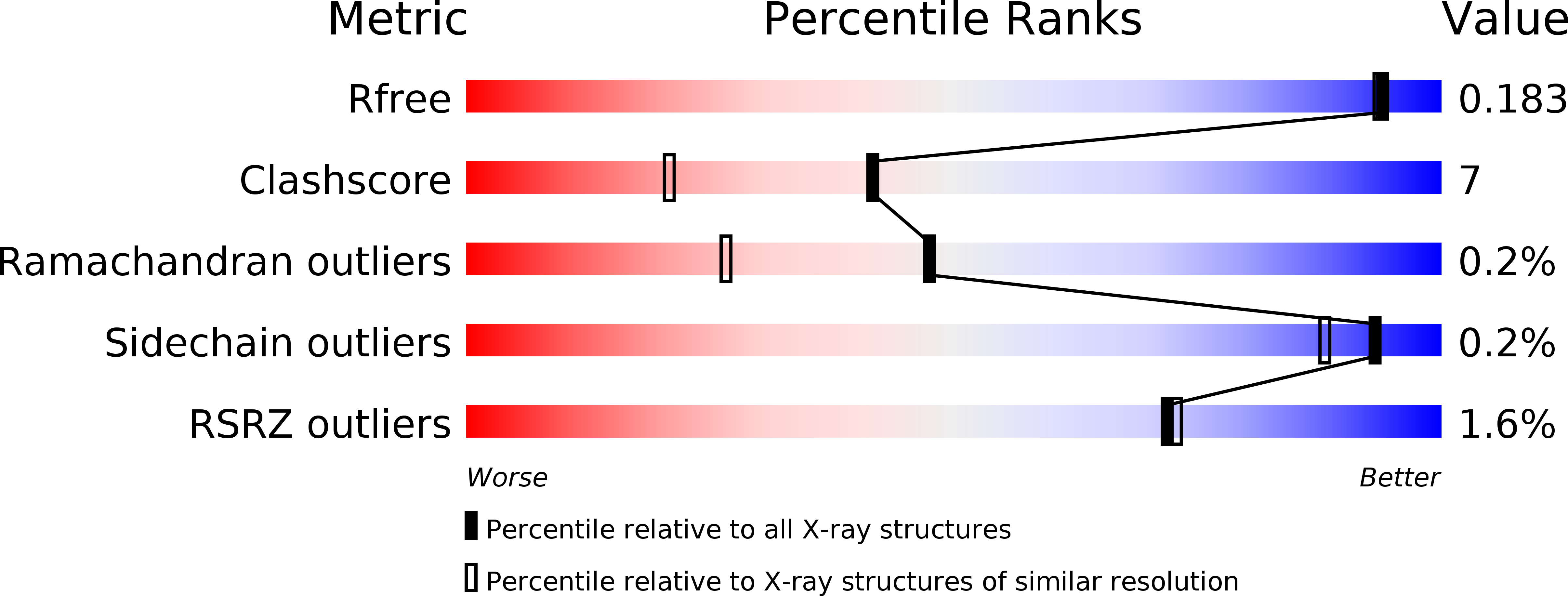
Deposition Date
1997-03-23
Release Date
1997-06-16
Last Version Date
2024-10-23
Method Details:
Experimental Method:
Resolution:
1.64 Å
R-Value Free:
0.18
R-Value Work:
0.15
R-Value Observed:
0.15
Space Group:
C 2 2 21


